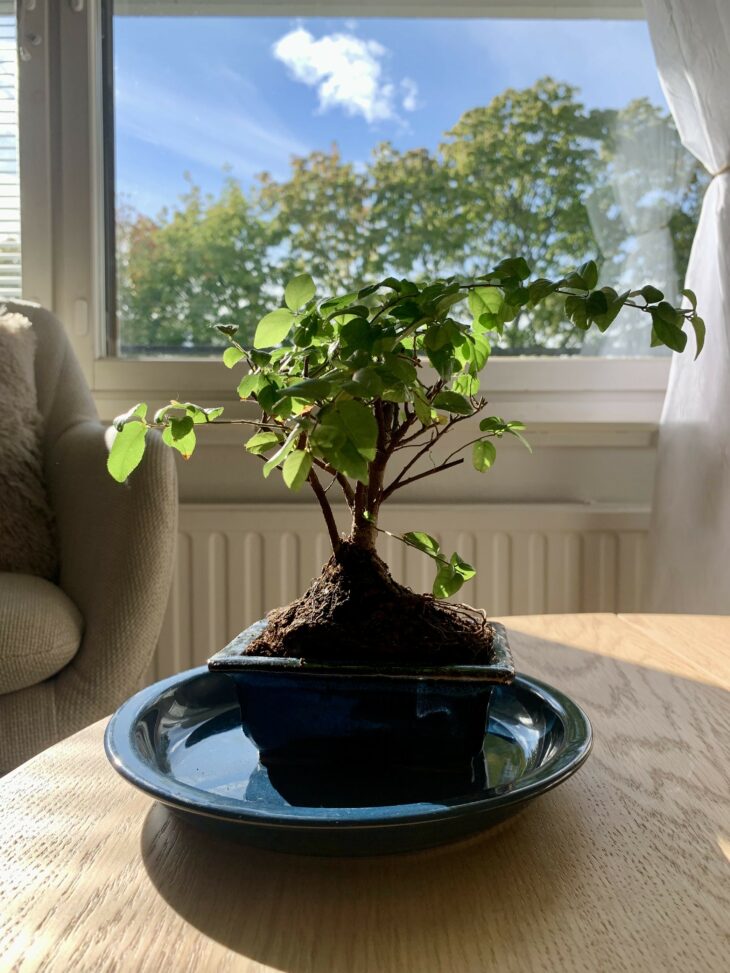
The Art of Bonsai
Vol 27, Issue 18, 14th February 2025
If you are a nature enthusiast, you must definitely be interested in Bonsai, the art of growing and maintaining miniature trees. Let’s have a quick look at this beautiful art.
Nowadays, Bonsai is a part of Japanese culture. However, this art was initially introduced in China during the Kamakura period (1185-1333). Previously it was known as ‘Penjing’, which means a practice of cultivating miniature landscapes. Later, the Buddhist monks introduced this in Japan as a practice of cultivating individual trees rather than landscapes and a name given as ‘Bonsai’. Japanese got attached to this miniature art and they used it to express values like simplicity, harmony, and natural beauty as the core meanings of this bonsai culture. Over time, this art spread all over the world, and especially in the 19th and 20th centuries this spread across the West as an admired unique art.
The raw meaning of the Japanese word ‘Bonsai’ is ‘planted in a container’. However, it has a far beyond value winch that promotes meditation, patience, and balance while doing simple gardening.
There are several principles in bonsai. It is not about just growing a miniature tree but capturing the essence of a full-sized tree in nature. Followings are the main principles.
- Miniaturisation – The tree should look like a naturally grown mature tree, but in a smaller form.
- Proportion and balance – Every part of the tree (trunk, branches, leaves, etc.) must have a natural balance
- Asymmetry – The tree should asymmetry yet balanced.
- Harmony with nature – The tree should have a natural look that is shaped with wind, water, and time.
- Visibility of age – The tree should have an appearance that reflects its age. This can be done through techniques like branch shaping and pruning.
When looking at the bonsai symbolism, the art expresses the Zen principles of simplicity, patience, and mindfulness. It teaches practitioners to embrace the imperfection (wabi-sabi) since no two bonsais are ever identical. Also, this art reflects nature’s slow yet constant change.
Today, this art has become much more famous in Europe, America, and Asia and has become a global phenomenon. Modern days, we can see a lot of bonsai art exhibitions and it has encouraged youth to grow bonsais even at a home level. Additionally, modern globalisation practices have given more access to spread this bonsai culture across the world without limiting it to Japan.
- Strömfors Ruukki: A Historic Gem in Finland’s Industrial Heritage - 25th April 2025
- How Finland’s ResQ App Turns Surplus Food into Smart Deals - 17th April 2025
- JBL PartyBox Encore: The Life of Every Student Hangout - 11th April 2025
